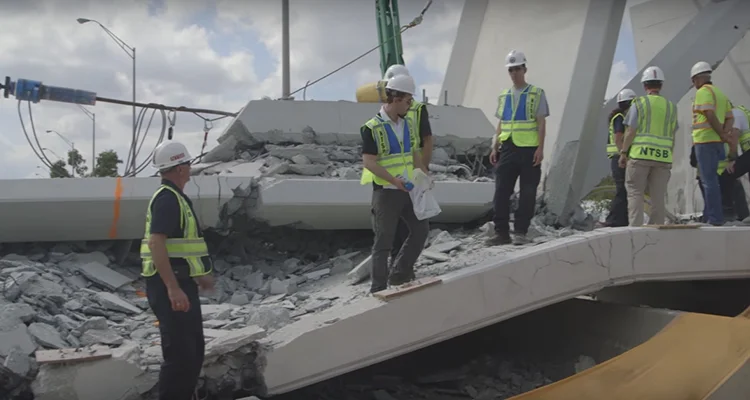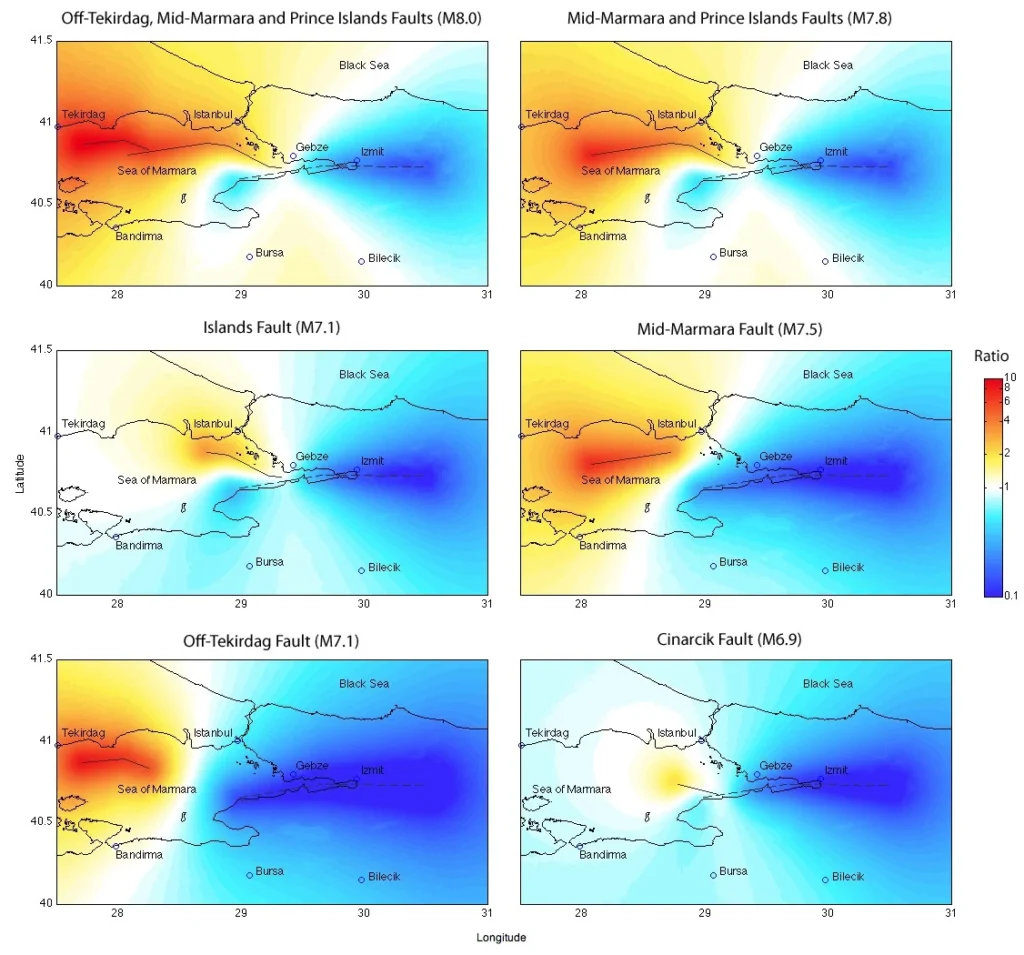There are about 56,000 structurally deficient bridges in the U.S., and these bridges accommodate on average 188 million trips each day according to data from the Federal Highway Administration.
The nation’s transportation infrastructure is aging. More than 200,000 bridges are now more than 50 years old, and many are approaching the end of their design life. Although the seismic construction requirements are aimed to protect the lives of those crossing bridges. The number of bridges that are in such poor condition as to be considered structurally deficient is increasing and posing potential risk.

Fourteen years ago, the Interstate 35 bridge over the Mississippi River in downtown Minneapolis collapsed. The cars, trucks and even a school bus were driving in bumper-to-bumper traffic across in the evening rush hour. Bridge’s failure plummeted them into the water and onto the rocky river banks. This disaster left a death toll of thirteen and injured 145. The officials were warned that the bridge was structurally deficient due to significant corrosion in its bearings. A federal inspection also rated the bridge structurally deficient, giving it a 50 on a scale of 100 for structural stability.

In 2018, another horrific bridge collapse occurred in the Florida International University campus in Miami. The failed pedestrian bridge killed six and injured eight people. The bridge was under construction and the errors in the design overestimated how much stress the structure could take.
The question arose about the cause of the collapse of bridges and whether they could have been prevented.
Emergent technologies in sensing, artificial intelligence (AI), and cloud computing are now remedying engineers to construct stronger bridges and also improve bridge maintenance for longer life-span. To provide continuous feedback on the bridge’s structural conditions, sensors supporting structural health monitoring (SHM) systems are being installed into both new and existing bridges.
A robust SHM system, including various sensors and data analytics to monitor the bridge’s real-time integrity, can provide officials and engineers with the knowledge and “peace of mind” that the bridge is performing as expected, and the ability to detect a change in its performance. This knowledge and ability are critical because they are directly responsible for the consequences of failure. To prevent catastrophic collapses, especially the bridges that require significant maintenance, rehabilitation, or replacement can significantly benefit from the SHM system to monitor its elements founds to be in poor condition due to deterioration or damage.

At QuakeLogic, we provide the most comprehensive SHM system for bridges. We are the only company with a cloud-based, AI-powered technology platform performing autonomous structural assessments using sensor data. Our platform sends rapid notifications with the level of shaking intensity in case of an earthquake and whether the bridge’s integrity is compromised. This system can not only monitor for earthquakes but also utilize data from various sensors such as accelerometers, potentiometers, inclinometers, strain gauges, thermocouples, and weather stations. Our platform sends meaningful and easy-to-understand information. This timely and critical information helps the bridge officials and engineers to give informed decisions and plan their responses appropriately.
Our structural health monitoring platform response matches for the first time the timing of the earthquake impact, which was impossible before. This platform can provide timely information that is needed for an understanding of the performance of a bridge and address problems earlier to improve public safety.





